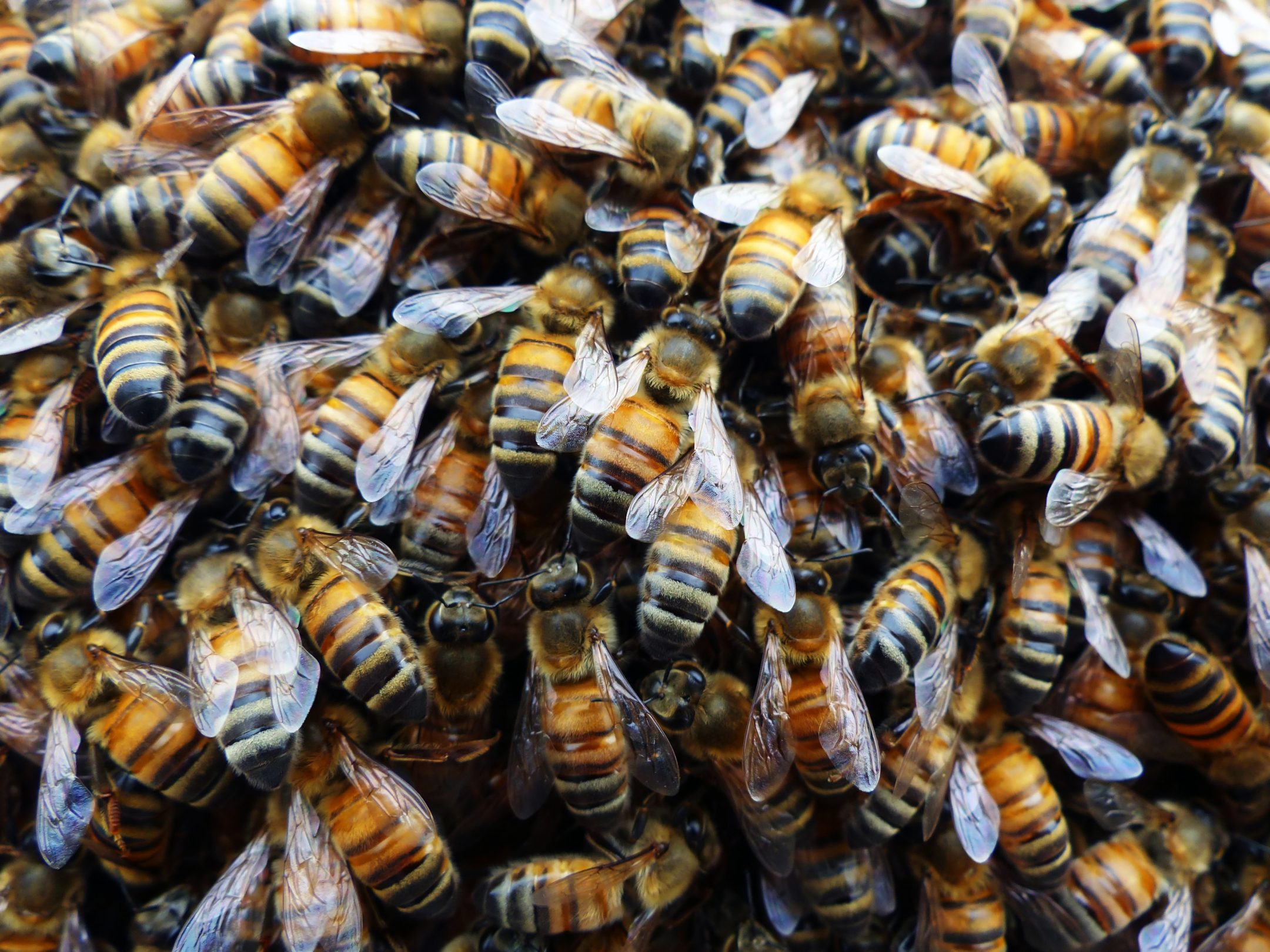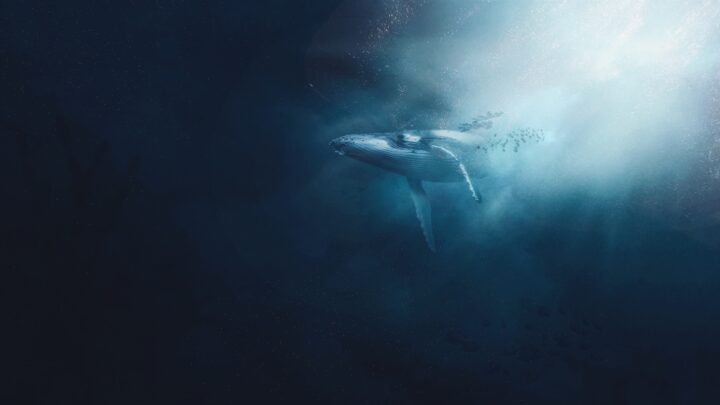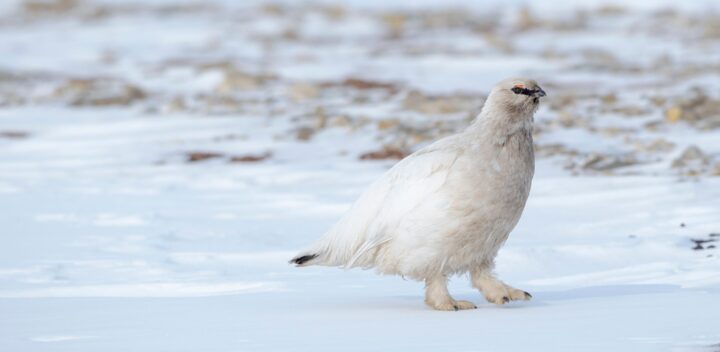Cooperate Within the Same Species
A species is a group of organisms capable of breeding to produce fertile offspring. When individuals within a species undertake activities that benefit one another, that cooperation benefits not just the individuals, but also local and wider populations of that species. Collaborating in activities such as finding food, controlling parasites, and protecting from predators enhances overall survival. To cooperate, there must be enough benefit to an individual, and especially to a population, to justify any risk taken by individuals. Through cooperation, risk is distributed among individuals and the benefits to the community are greater than the sum of the benefits to individuals. An example is birds that gather in flocks, a cooperative activity more beneficial than acting alone. While some birds forage, others watch for predators. When one finds food, others also feed on it. Despite potential short-term competition for an individual that finds food, over the long-term, that same individual benefits when others find different food sources.
Protect From Temperature
Many living systems function best within specific temperature ranges. Temperatures higher or lower than that range can negatively impact a living system’s physiological or chemical processes, and damage its exterior or interior. Living systems must manage high or low temperatures using minimal energy, which often requires controlling responses along incremental temperature changes. To do so, living systems use a variety of strategies, such as avoiding high or low temperatures, removing excess heat, and holding heat in. Insulation is a well-known example of managing low temperatures by retaining heat using thick layers of hair, fur, or feathers to hold warm air next to the skin.
Maintain Homeostasis
When a living system is in homeostasis, it means that internal conditions are stable and relatively constant. For example, a human’s internal temperature is approximately 37 degrees Celsius (98.6 degrees Fahrenheit) unless there’s an illness. The human body maintains this temperature despite external ambient temperature. However, as with all physiological processes, maintaining homeostasis requires communication and coordination. So living systems have ways to detect changes from the norm, mechanisms to cause an adjustment, and negative feedback connections between the two. A desert lizard called the Gila monster offers a good example of maintaining homeostasis. The lizard goes from eating large meals to fasting for extended time periods. To maintain its blood sugar levels at a steady level, when food is scarce, its endocrine system releases a hormone that raises its blood sugar levels.





